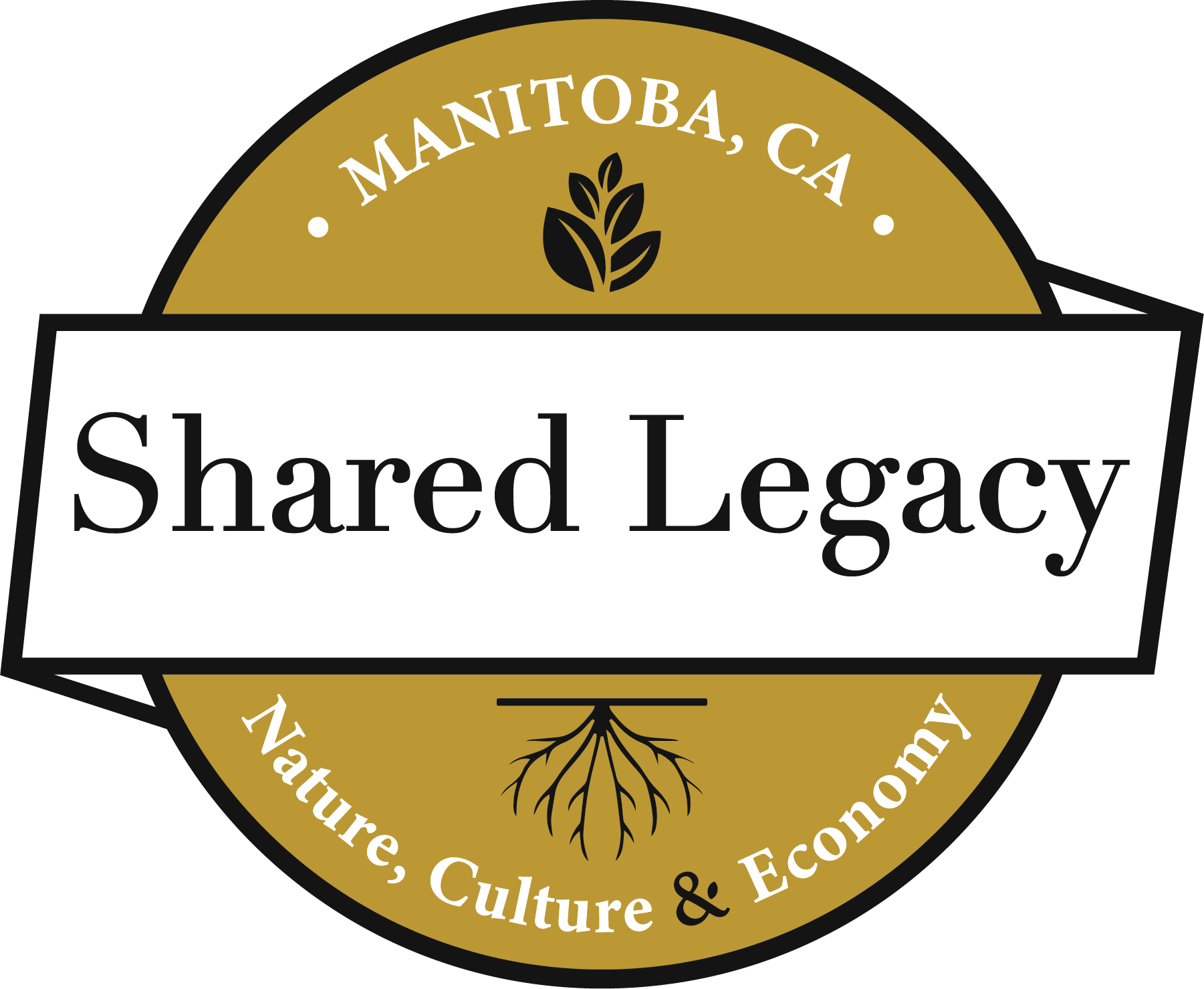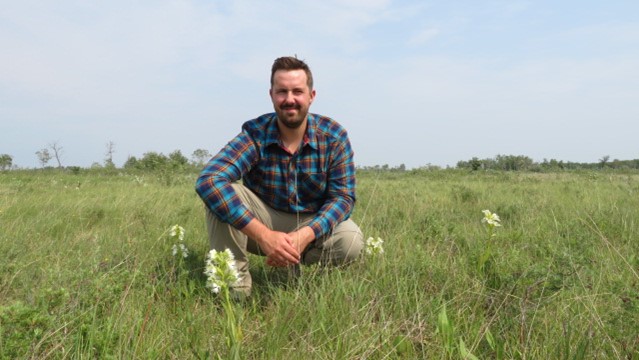Dawson Trail Dispatch, written by Norm Gregoire, June 2022
Page 16 https://issuu.com/dispatch222/docs/dawson_trail_dispatch_june_2022
Hello fellow Manitobans! I am excited to introduce myself and the work I am involved in, in this newest monthly column for The Dawson Trail Dispatch. My name is Norm Gregoire and I am the Community Liaison for Species at Risk in the tall-grass prairie natural area. What a job title! Let me explain.
I was hired to this position in the summer of 2020, by the Rural Municipality of Stuartburn. My primary goal is to raise awareness for species at risk and the ecosystem that they (and we) call home: the tall-grass prairie. I work towards informing our community of all the benefits and programming available to us, by living in this shared ecosystem. This project is funded through Environment and Climate Change Canada’s Community Nominated Priority Places grant.
What is a species at risk? A species at risk is considered a species that needs special care and management to keep the population from disappearing. In Manitoba, there are 59 species listed as at risk. In Southeastern Manitoba’s tall-grass prairie, we are in the range of 28 listed species at risk. This list includes rare flora and fauna, some of which are found nowhere else in Canada, such as the western prairie fringed orchid and the Poweshiek skipperling butterfly. Much of why these species are in decline is due to the loss of the tall-grass prairie ecosystem. Reasons for decline include the alteration and disruption of natural fire and hydrological cycles, cultivation of natural areas, gravel extraction, the spread of invasive species and woody encroachment. It is estimated that Manitoba may have as little as 1% of its tall-grass prairie remaining, making it one of the rarest ecosystems globally. The best bits of what is left can be found in the Rural Municipality of Stuartburn and the surrounding area.
In Manitoba there are many organizations, programs and people who are working hard to ensure that species at risk and tall-grass prairie get the fighting chance they deserve. The Shared Legacy Partnership is a cooperative working group led by the Rural Municipality of Stuartburn and The Nature Conservancy of Canada, partnered with Sunrise Corner Economic Development and Province of Manitoba. Working under the banner “Shared Legacy: Nature, Culture & Economy” our group is creating and delivering a strategy for sharing our unique nature with future generations. We are pursuing “win-win” solutions that work for the ecosystem, landowners, residents, our economy, and communities.
One of our first programs launched is the Stewardship Credit Pilot Program, an initiative to provide a financial incentive and other supports to acknowledge the important role that locals continue to play in maintaining and protecting the rare habitats and species within the region. This program will pilot an approach in which participants will receive annual payments that are directly tied to positive outcomes for the habitat on their property. By focusing on results, participants will be encouraged to use their expertise and experience, supported by myself as the advisor to the program, to create management plans which work best for both their own goals and the habitats and species on their property. If this program has piqued an interest, please get in contact with me.
I look forward to hearing from anyone that has an interest in the offered programming or if you have questions, comments, or concerns regarding species at risk and tall-grass prairie. Stay tuned for upcoming issues where I will introduce you to our neighbors, the species at risk.
Norm Gregoire
sarcommunityliaison@gmail.com

